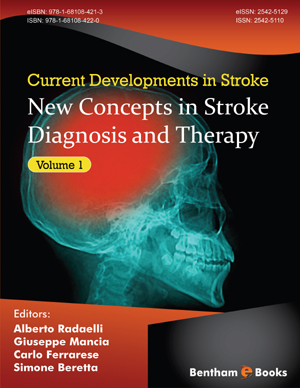Abstract
Cerebrovascular disease is predicted to remain the second leading cause of mortality reaching almost eight million annual deaths by 2030. Cerebral arteries are innervated and are therefore potential targets for autonomic nervous system dysfunction. In particular, a dynamic baroreflex mediated sympathetic modulation of cerebral blood flow has been demonstrated, confirming the role that the autonomic nervous system exerts on cerebral flow regulation. Moreover, it has been shown that the vagus nerve may influence neuro-inflammation therefore producing an inflammatory mediated vascular damage in case of dysfunction. Dynamic interactions between cerebral blood flow and the autonomic nervous system activity are therefore important and can be analyzed by studying the rhythms that characterize both cerebral blood flow, blood pressure and heart rate. With this regard, variability analysis performed together with techniques that investigate cerebral blood flow distribution and together with functional evaluation of the brain could provide new insight on the role played by the autonomic nervous system in the progression of cerebral vascular disease.
Keywords: Autonomic nervous system activity, Baroreflex function, Blood pressure variability, Heart rate variability, Neuro inflammation, Parasympathetic activity, Stroke, Sympathetic activity.






















